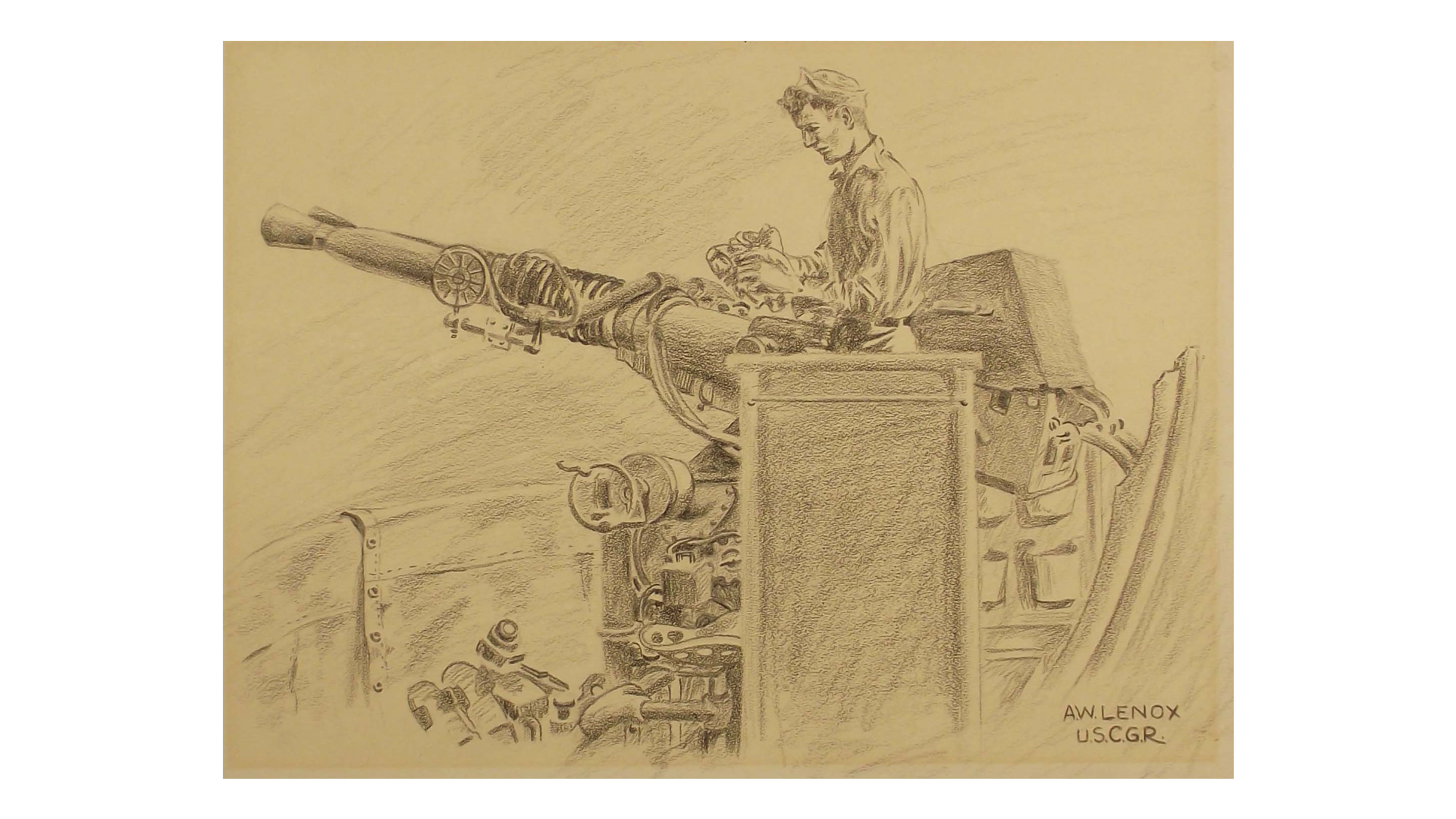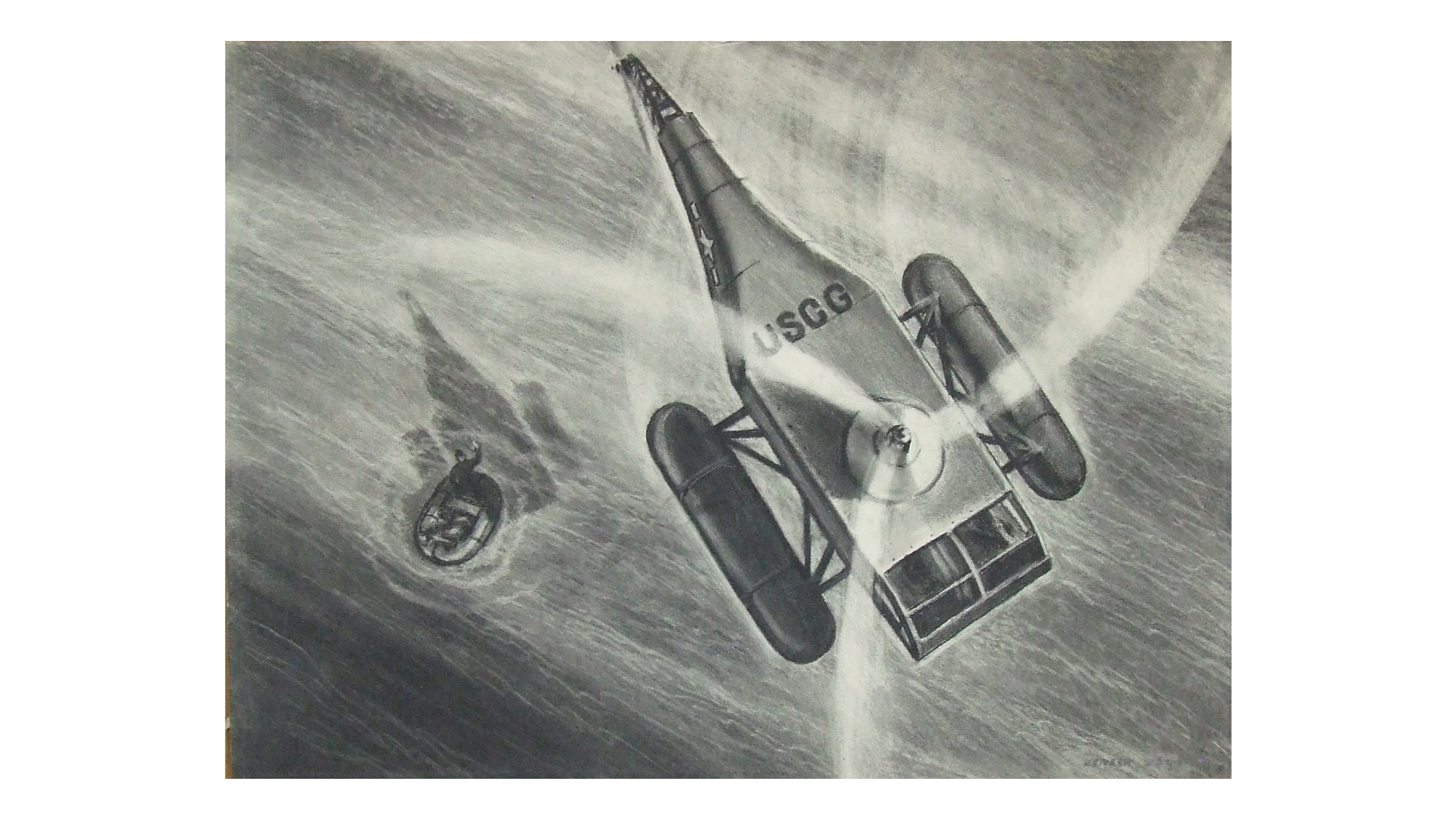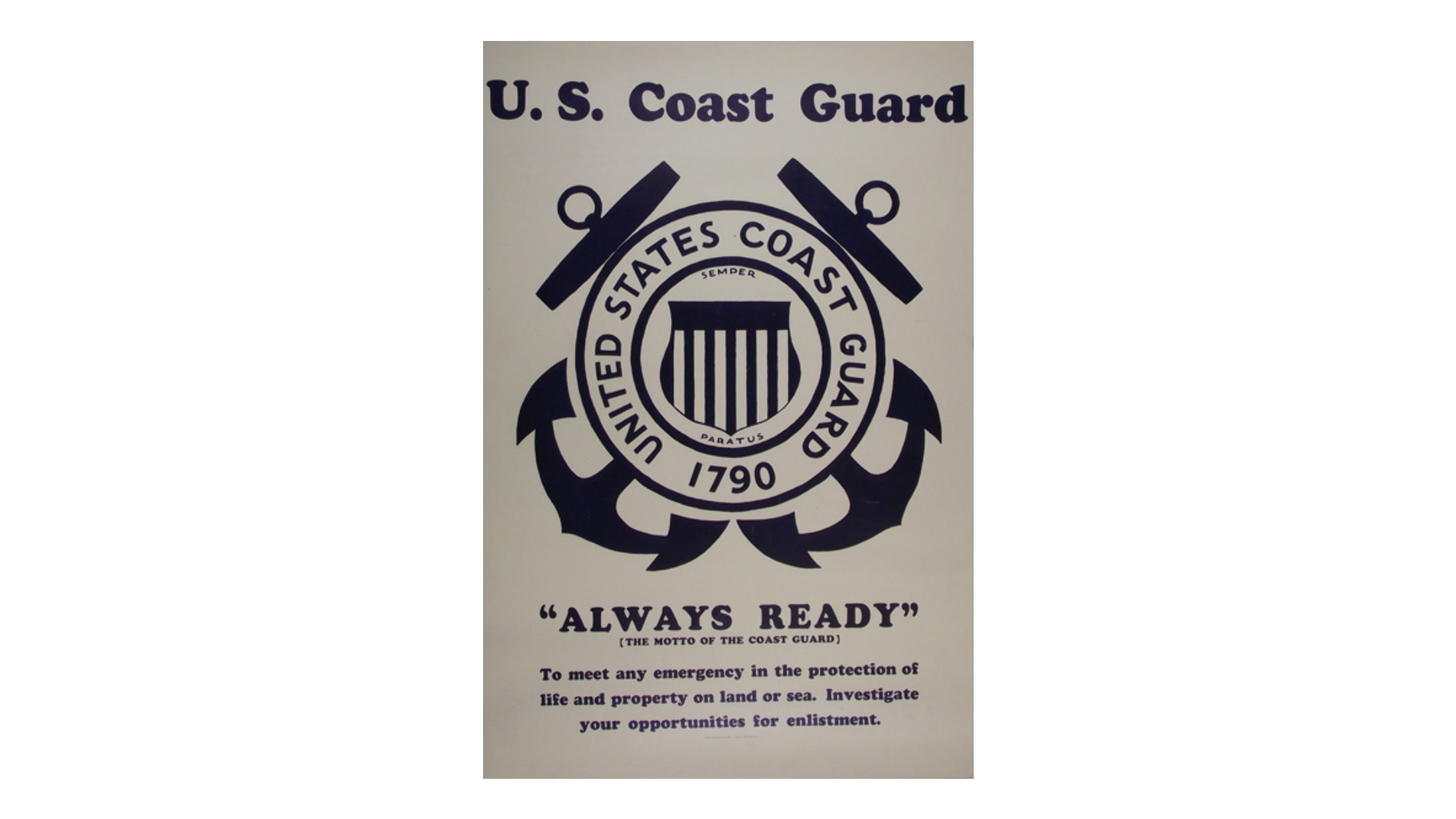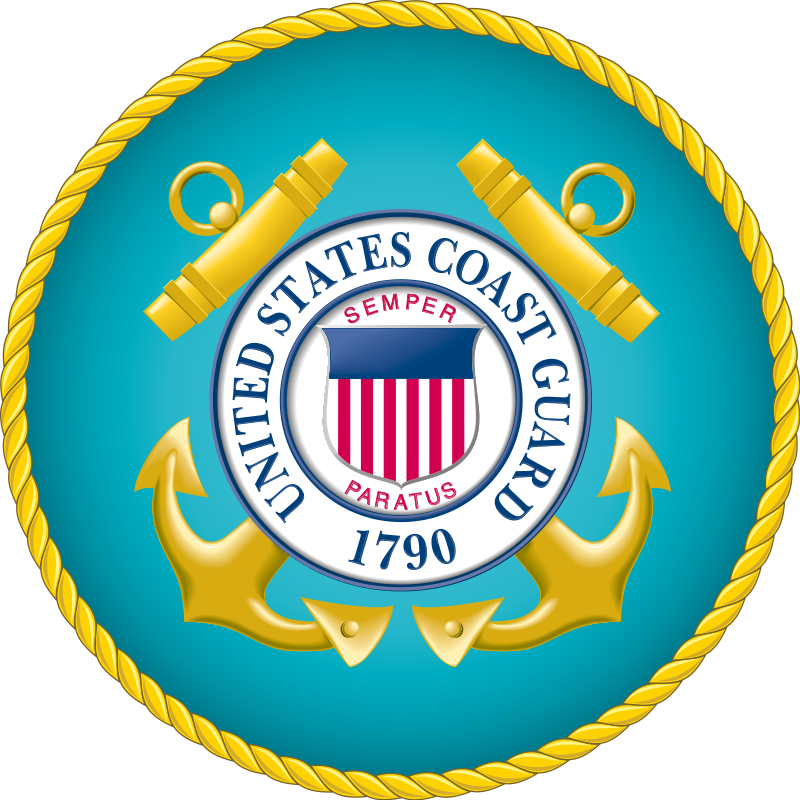Hamilton…More than Just a Broadway Hit
Alexander Hamilton. According to the hit musical Hamilton, there were “a million things” he hadn’t done. But if you have seen the play, whether live or on Disney+ ©, then you may already know that he, in fact, did several great things for our fledgling country. (If you haven’t seen the play, it is wonderful, in my opinion). Actor, singer, and playwright Lin-Manuel Miranda brought Hamilton’s legacy back into the spotlight when he created his award-winning production. An often forgotten Founding Father of the United States, Alexander Hamilton’s service and contributions during the early years of this country were numerous. Yet, one of his contributions was only quickly mentioned in the play – and I should know – I’ve seen it many times. Even in Hamilton’s three hours, Manuel could not have fit every aspect of Hamilton’s career into the show. So, I’ll take this opportunity to add yet another fun fact about Hamilton here.
A Fledgling Nation
The United States Coast Guard was born on August 4, 1790. Wait, what? Does that sentence seem to come out of nowhere? And what does this have to do with Alexander Hamilton? I’m glad you asked. Among Hamilton’s many feats, he is also recognized as the father of the US Coast Guard. As the nation’s first Secretary of the Treasury, and under this branch of power, Hamilton proposed to create a small fleet of ships to help ensure the safe conduct of trade. This new branch was named the United States Revenue-Marine; later, in 1894, it became the United States Revenue Cutter Service. Initially, its job was to check the import and export of goods coming in and out of the United States and ensure all payments and taxes were correct.
One of the Revenue Cutter Service’s first true tests came in 1798 during the “quasi-war” with France. The French were instrumental in aiding the American colonies throughout the American Revolution. After the war, the United States was paying back debts owed to France, but not as fast as the French would have liked. Furthermore, the United States formed regular trade relations with Great Britain, with whom France was at war against. In an attempt to recoup some of the debts owed, French privateers were sent over to capture American merchant ships. During this period, the United States was still establishing a Navy. The Continental Navy was disbanded after the Revolutionary War’s end, and in 1794 had just begun reforming a new US Navy. This left only one institution to combat against the French privateers – the Revenue -Marine. While war did not officially break out between the US and France during this period, the expansion of military duties for the Revenue-Marine stuck.
Boy, How Time Flies
Over the next century, the US Revenue-Marine continued to increase its role. During wartime, the Revenue-Marine would be placed under the command of the US Navy. The Revenue Marine service fought and protected our waters in the War of 1812, the Mexican-American War, the American Civil War, and the Spanish-American War. The US Coast Guard as we know it today was officially formed by President Woodrow Wilson in 1915. During the Prohibition Era of the 1920s, the Coast Guard played a key role in preventing rum-running and smuggling illegal liquor and contraband into the United States. The year 1942 saw the formation of the Women’s Reserve of the US Coast Guard Reserve program, nicknamed SPARs. “A total of 978 women officers and 11,868 enlisted women served in SPARs during World War II.”1 It would not be until 1973, however, when Congressional legislation allowed women to become full-time active-duty members.


Today, the men and women of the US Coast Guard continue to save lives and defend our nation against potential foreign threats. Per the Coast Guard website, here are some things you may not know:
- The Coast Guard is both a federal law enforcement agency and a military force, meaning it is a faithful protector of the United States in peacetime and war.
- In 1939, President Franklin Roosevelt transferred the Lighthouse Service to the Coast Guard, putting it in charge of maritime navigation.
- The Guard is a first responder and humanitarian service, providing aid to people in distress or those impacted by natural and man-made disasters, whether at sea or ashore.
- On an average day, the Coast Guard conducts approximately 45 search and rescue cases, saves 10 lives, and seizes 874 pounds of cocaine and 214 pounds of marijuana.2



First to Form, Longest to Serve
August 4, 2021, celebrated the 230th birthday of our nation’s oldest continuous seagoing service. The motto and title of the official song of the US Coast Guard are Semper Paratus, Latin for “Always Ready.” The function and duty of this esteemed military branch include maritime safety and security of our waters. Its noble mission of saving lives, protecting our coasts and ports, and guarding US interests overseas is not taken lightly, nor does it go unappreciated by the American people. The United States Marine Corps expressed its gratitude with the following statement:
For 230 years, the Coast Guard has held fast to the core values of honor, respect, and devotion to duty since the Revolution, through World War II, Vietnam, and in Iraq and Afghanistan. Today, all Marines honor your service, sacrifices, and unique contribution to our nation. Happy 230th and Semper Paratus!3
At The Mariners’ Museum and Park, we echo these words and thank all US Coast Guard members who are currently serving or have served, playing a role in protecting our waters. We also would like to thank all members who are serving or have served in each branch of our Armed Forces, whether on land or sea.


